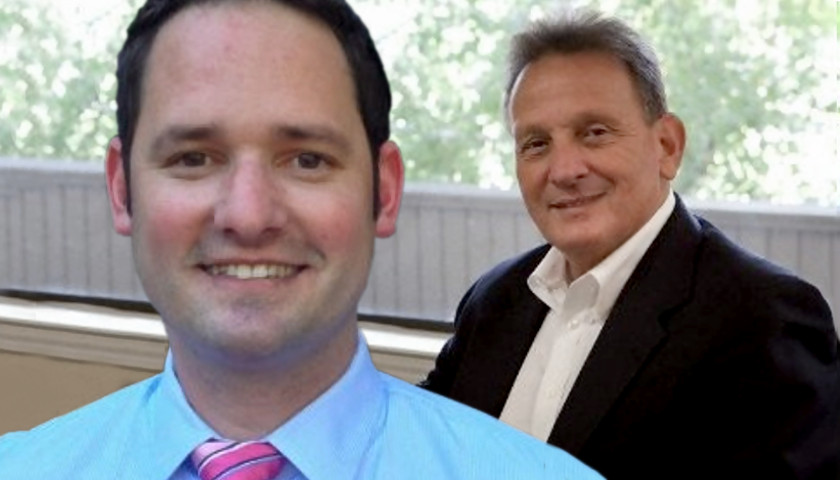Showing posts with label Exporting America. Show all posts
Showing posts with label Exporting America. Show all posts
AirBnB - Hundreds of Foreign Tech Visas connected the Halloween Mansion Murders Orinda
Pete BennettNovember 01, 2019Exporting America, H-1b, Hedge Funds, Immigration, Outsourcing, Private Equity, zzz1
No comments

A BONO NONO Connecting Elevation Partners to Alston-Bird to TREN Technologies to MOVE, Inc and the attempted murder(s) on Pete Bennett
Pete BennettNovember 01, 2019Big Fraud, Elevation Partners, Exporting America, Immigration, The Cold Case Files
No comments

Media for Pete Bennett | Aired September 14, 2002 - 13:00 ET
Pete BennettOctober 29, 2019CNN, Exporting America, Immigration, Lou Dobbs, Media, nomoreh1b.com, Pete Bennett, Transcripts
No comments

Indian Corporation Pays Record Amount To Settle Allegations Of Systemic Visa Fraud And Abuse Of Immigration Processes
Pete BennettOctober 28, 2019Exporting America, Federal, Immigration, Indictments, Mormons, Visa Fraud
No comments















